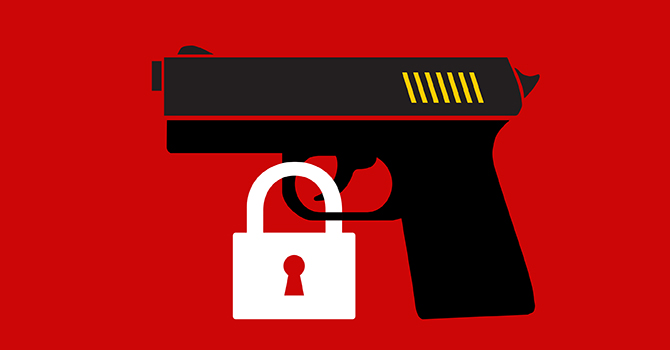
New Michigan Public Health-led initiative builds health equity through housing
Q&A with Roshanak Mehdipanah
We spoke with Roshanak Mehdipanah, an associate professor of Health Behavior and Health Education, to learn more about a new initiative she is leading called Housing Solutions for Health Equity.





